详细说明
Purity
>90%, by SDS-PAGE visualized with Silver Staining and quantitative densitometry by Coomassie® Blue Staining.
Endotoxin Level
<1.0 EU per 1 μg of the protein by the LAL method.
Activity
Measured by its ability to oxidize L-tryptophan to N-formyl-kynurenine. The specific activity is >1,000 pmol/min/μg, as measured under the described conditions. See Activity Assay Protocol on .
Source
E. coli-derived Ala2-Pro407, with an N-terminal Met and 6-His tag
Accession #
N-terminal Sequence
AnalysisMet
Predicted Molecular Mass
46 kDa
SDS-PAGE
41 kDa, reducing conditions
9157-AO |
| |
Formulation Supplied as a 0.2 μm filtered solution in Sodium Acetate, NaCl and Glycerol. | ||
Shipping The product is shipped with polar packs. Upon receipt, store it immediately at the temperature recommended below. | ||
Stability & Storage: Use a manual defrost freezer and avoid repeated freeze-thaw cycles.
|
Assay Procedure
Materials
Assay Buffer: 50 mM MES, pH 6.5
0.405 M Tris, pH 8.0
Recombinant Mouse Indoleamine 2,3-dioxygenase/IDO (rmIDO) (Catalog # 9157-AO)
Ascorbic Acid (Sigma, Catalog # 255564), 500 mM stock in deionized water
L-Tryptophan (Sigma, Catalog # T0254), 10 mM stock in deionized water
Catalase (Sigma, Catalog # C30), 100,000 units/mL stock in Assay Buffer
Methylene Blue (Sigma, Catalog # 28514), 10 mM stock in deionized water
96-well Clear Plate (Catalog # )
Plate Reader (Model: SpectraMax Plus by Molecular Devices) or equivalent
Prepare the Substrate Mixture.
a. Dilute Ascorbic Acid to 80 mM in 0.405 M Tris, pH 8.0.
b. Prepare a mixture of 800 µM L-Tryptophan, 9000 units/mL Catalase, and 40 µM Methylene Blue in Assay Buffer.
c. Mix equal volumes of 1a and 1b for final concentrations of 40 mM Ascorbic Acid, 400 µM L-Tryptophan, 4500 units/mL Catalase and 20 µM Methylene Blue.Dilute rmIDO to 8 ng/µL in Assay Buffer.
Load 50 µL of 8 ng/µL rmIDO to clear plate, and start the reaction by adding 50 µL of Substrate Mixture. Include a Substrate Blank containing 50 µL Assay Buffer and 50 µL Substrate Mixture.
Read plate in kinetic mode for 5 minutes at an absorbance of 321 nm.
Specific Activity (pmol/min/µg) = | Adjusted Vmax* (OD/min) x well volume (L) x 1012 pmol/mol |
| ext. coeff** (M-1cm-1) x path corr.*** (cm) x amount of enzyme (µg) |
*Adjusted for Substrate Blank
**Using the extinction coefficient 3750 M-1cm-1.
***Using the path correction 0.32 cm.
Note: the output of many spectrophotometers is in mOD.
Per Well:
rmIDO: 0.40 µg
Ascorbic Acid: 20 mM
L-Tryptophan: 200 µM
Catalase: 225 units
Methylene Blue: 10 µM
Background: Indoleamine 2,3-dioxygenase/IDO
Indoleamine 2,3-dioxygenase (IDO) is a heme-containing intracellular dioxygenase that catalyzes the degradation of the essential amino acid L-tryptophan to N formyl kynurenine. This degradation is the first and rate-limiting step of the L-kynurenine pathway (1). IDO expression is induced in macrophages, plasmacytoid dendritic cells (pDC), and microglia by multiple inflammatory stimuli including IFN-g, TNF-a, CpG DNA, HIV-1 Tat protein, microbial infection, or GITR Ligand activation (2-9). It can be expressed by tumor cells, pDC in tumor draining lymph nodes, and MDSC in breast cancer (10-12). IDO expression is critical for the ability of these cells to induce the activation of resting Treg and the support of immune tolerance to apoptotic cell debris (7, 11, 13). These cells also suppress anti-tumor immunity (10, 12), the development of autoimmunity (13), and the replication of Chlamydia, Herpes simplex virus, and measles virus (3, 4, 14). In the absence of IDO function, activation of pDC does not induce immunosuppression but instead triggers IL-6 production and the redirecting of Treg to produce IL-17 (7). Mouse IDO shares 61% and 87% amino acid sequence identity with human and rat IDO, respectively (15).
References:
Munn, D.H. and A.L. Mellor (2016) Trends Immunol. 37:193.
Thomas, S.R. et al. (1994) J. Biol. Chem. 269:14457.
Carlin, J.M. et al. (1989) J. Interferon Res. 9:329.
Adams, O. et al. (2004) Microbes Infect. 6:806.
Planes, R. and E. Bahraoui (2013) PLoS One 8:e74551.
O'Connor, J.C. et al. (2009) J. Neurosci. 29:4200.
Baban, B. et al. (2009) J. Immunol. 183:2475.
Grohmann, U. et al. (2007) Nat. Med. 13:579.
Loughman, J.A. and D.A. Hunstad (2012) J. Infect. Dis. 205:1830.
Holmgaard, R.B. et al. (2015) Cell Rep. 13:412.
Sharma, M.D. et al. (2007) J. Clin. Invest. 117:2570.
Yu, J. et al. (2013) J. Immunol. 190:3783.
Ravishankar, B. et al. (2012) Proc. Natl. Acad. Sci. USA 109:3909.
Obojes, K. et al. (2005) J. Virol. 79:7768.
Habara-Ohkubo, A. et al. (1991) Gene 105:221.
Entrez Gene IDs:
3620 (Human); 15930 (Mouse)
Alternate Names:
3dioxygenase; EC 1.13.11.52; IDO; IDO1; IDOIDO-1; INDO; INDOindole 2,3-dioxygenase; Indoleamine 2; indoleamine 2,3-dioxygenase 1; Indoleamine 2,3-dioxygenase; indoleamine-pyrrole 2,3 dioxygenase; Indoleamine-pyrrole 2,3-dioxygenase







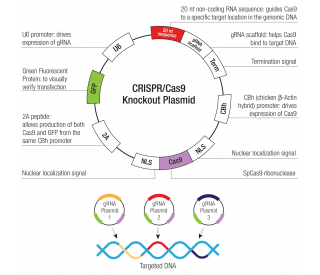
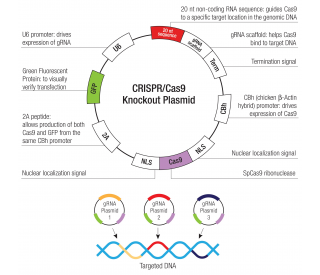
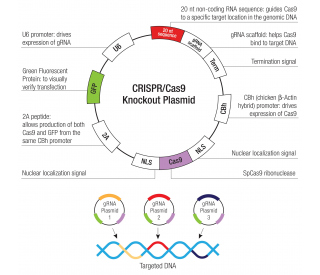
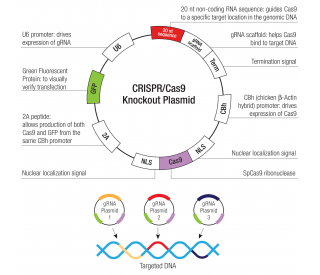
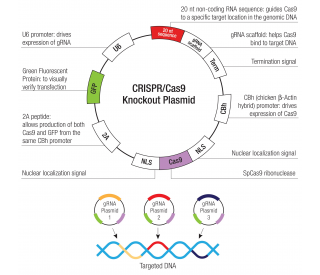
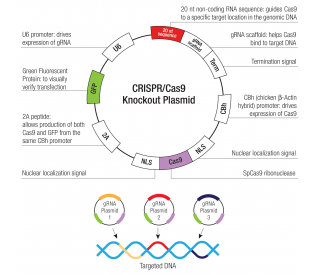



 粤公网安备44196802000105号
粤公网安备44196802000105号